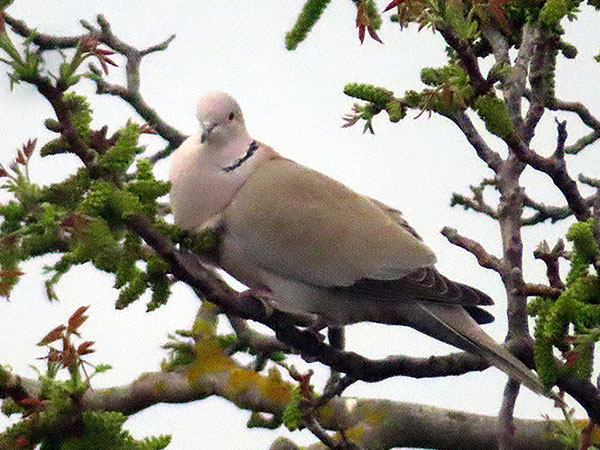
*********************
bearbeitet: 09.04.2024


*********************
bearbeitet: 09.04.2024
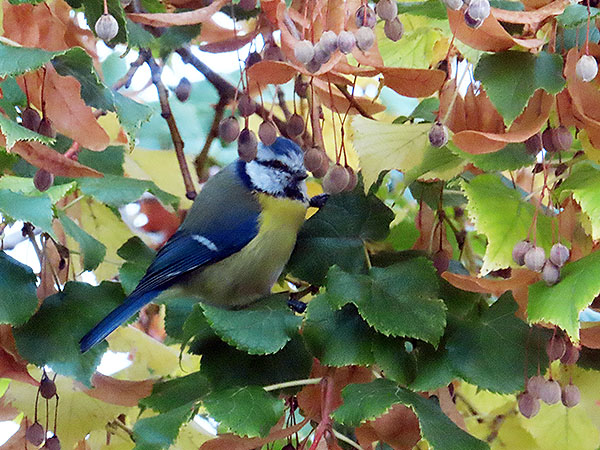
*********************
edited: 18.10.2023

*********************
edited: 18.10.2023
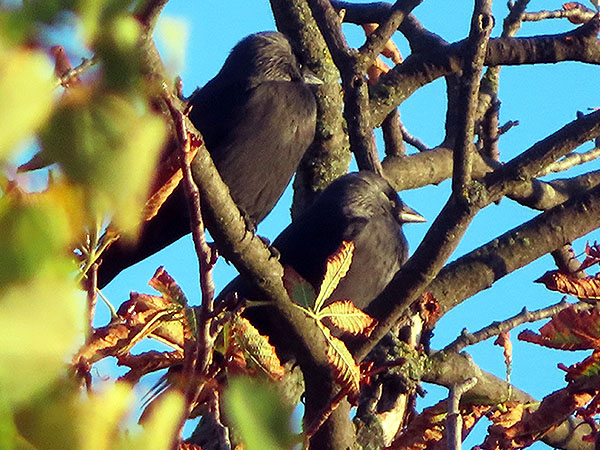
*********************
edited: 18.10.2023

*********************
bearbeitet: 29.06.2023

*********************
bearbeitet: 29.06.2023
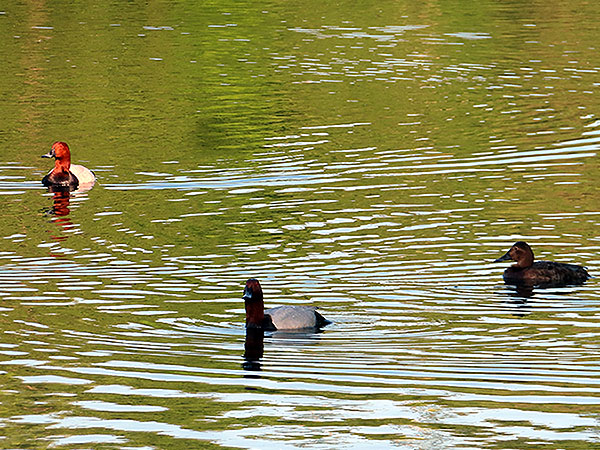

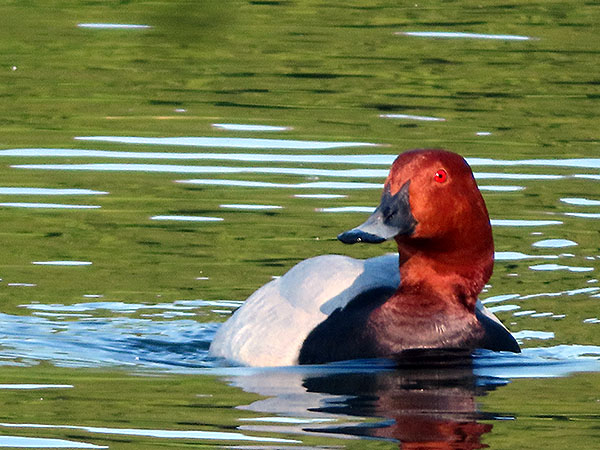
*********************
bearbeitet: 29.06.2023
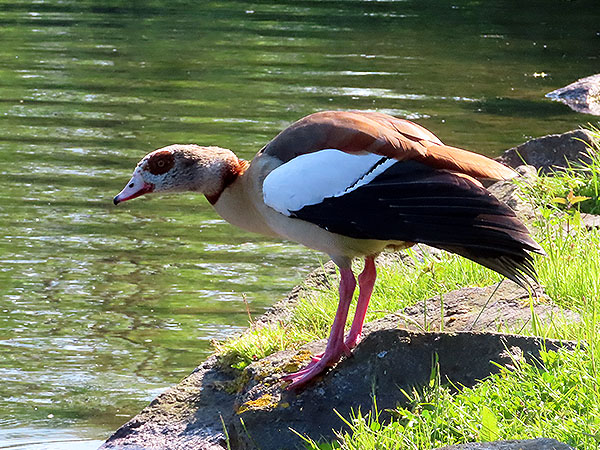
*********************
bearbeitet: 29.06.2023
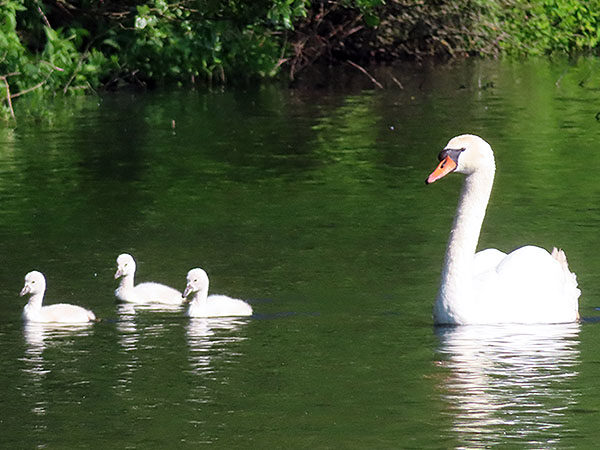
*********************
bearbeitet: 29.06.2023
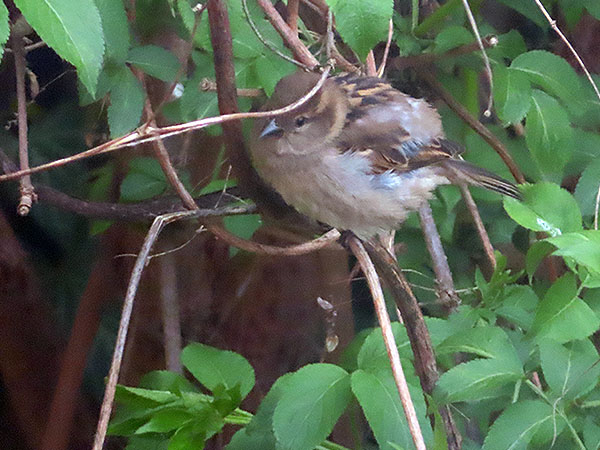

*********************
bearbeitet: 29.06.2023
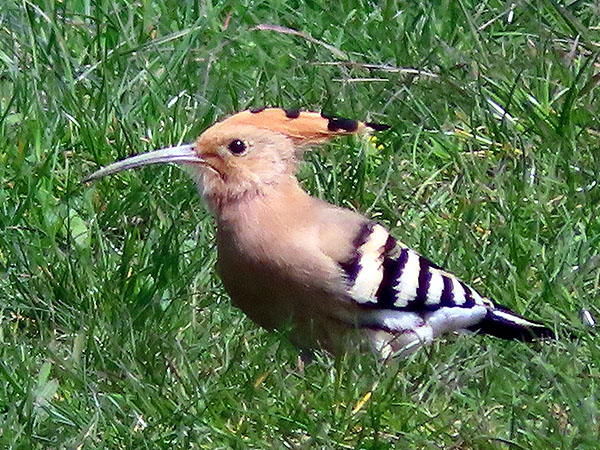
*********************
bearbeitet: 29.06.2023
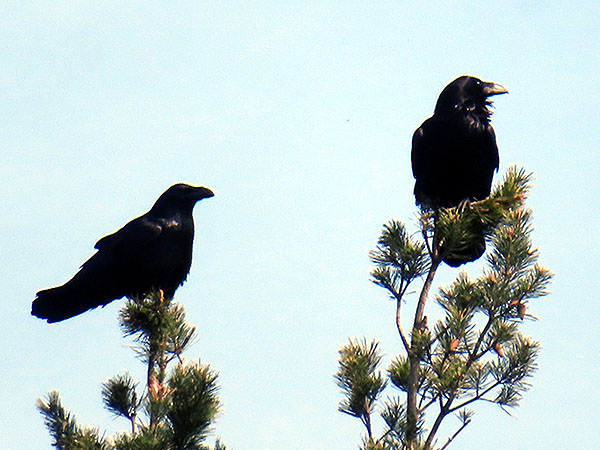
*********************
bearbeitet: 29.06.2023

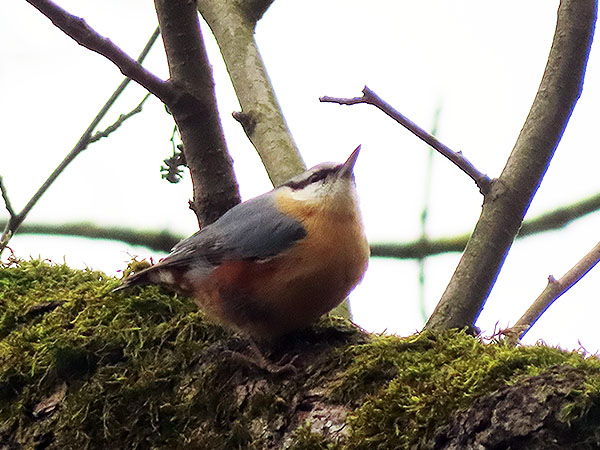
*********************
bearbeitet: 19.03.2023

*********************
bearbeitet: 02.10.2022
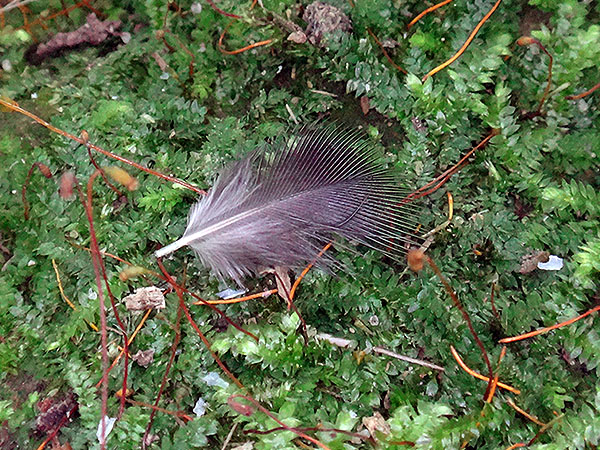
*********************
bearbeitet: 02.10.2022

*********************
bearbeitet: 24.09.2022
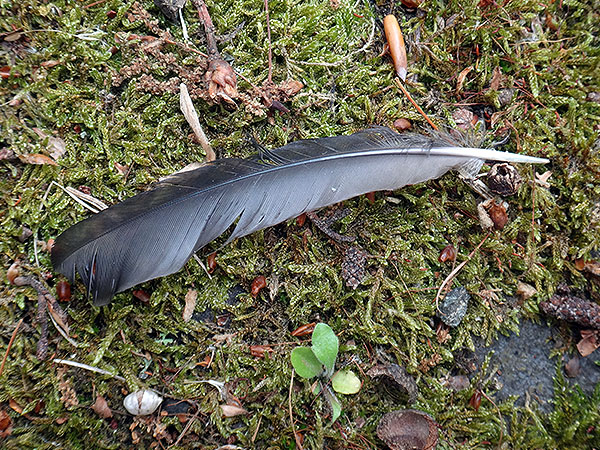
*********************
bearbeitet: 05.06.2022

*********************
bearbeitet: 10.04.2022
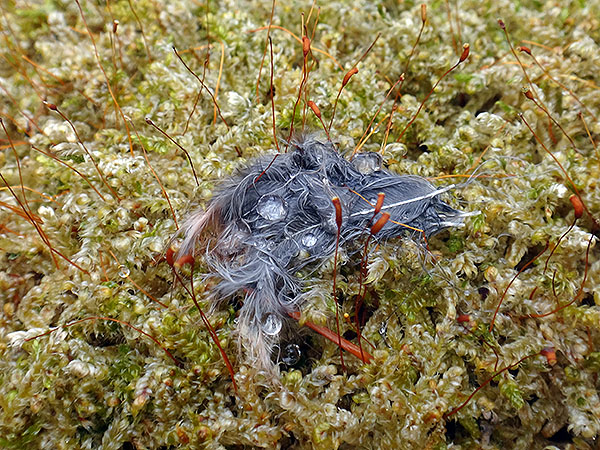
*********************
bearbeitet: 10.04.2022
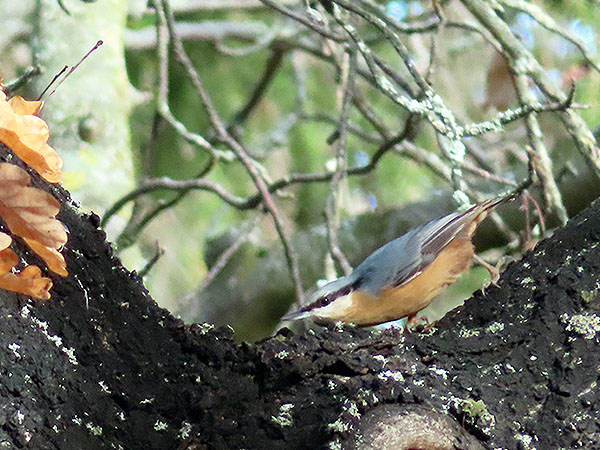
*********************
bearbeitet: 31.10.2021
… photographed in the city park of Gotha / Thuringia.
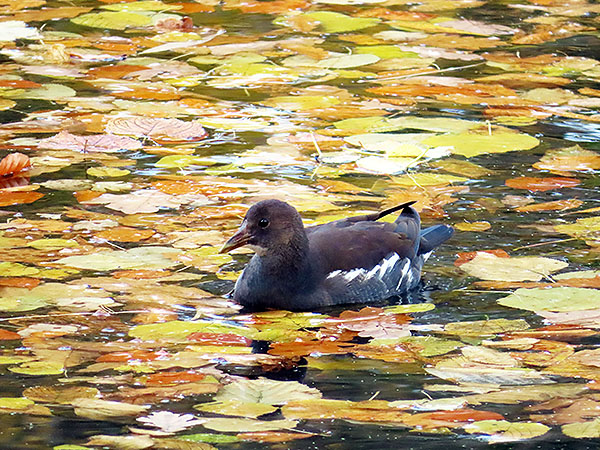
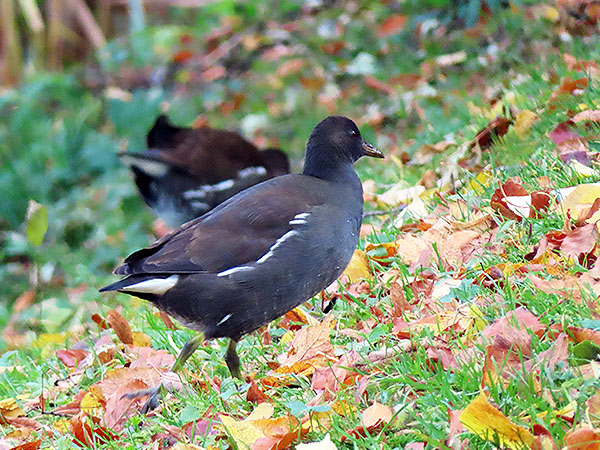
*********************
edited: 31.10.2021
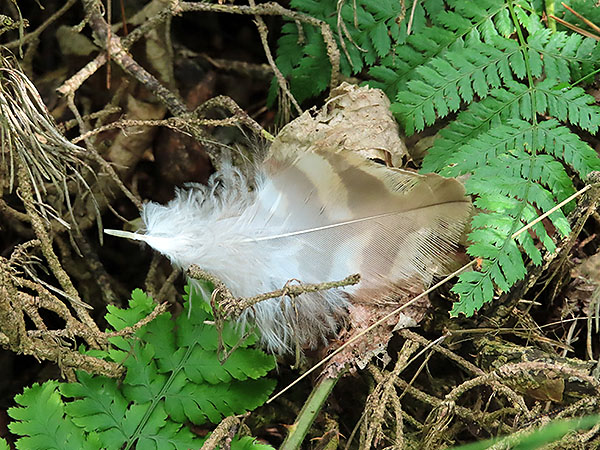
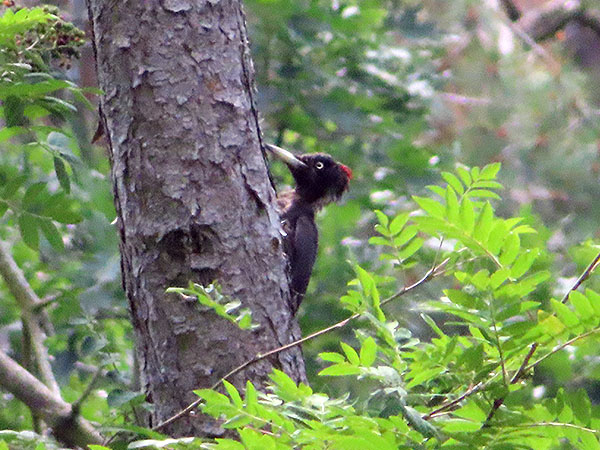

*********************
bearbeitet: 02.05.2021
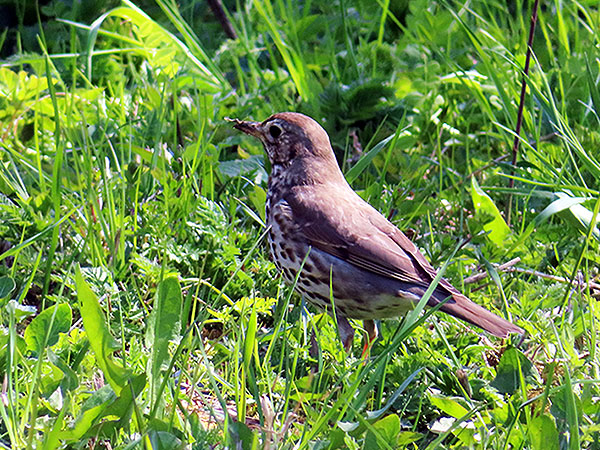
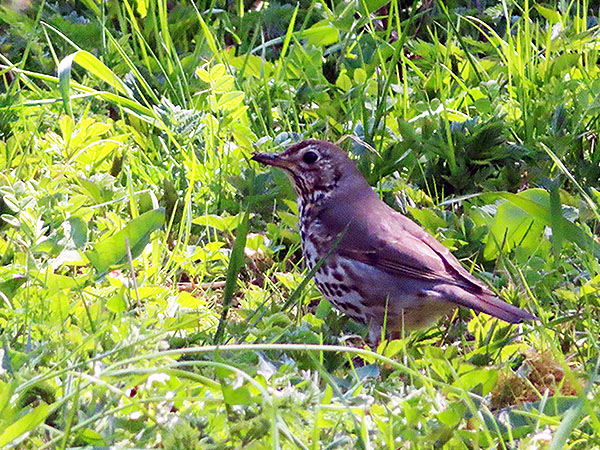
*********************
bearbeitet: 28.04.2021

*********************
bearbeitet: 28.04.2021
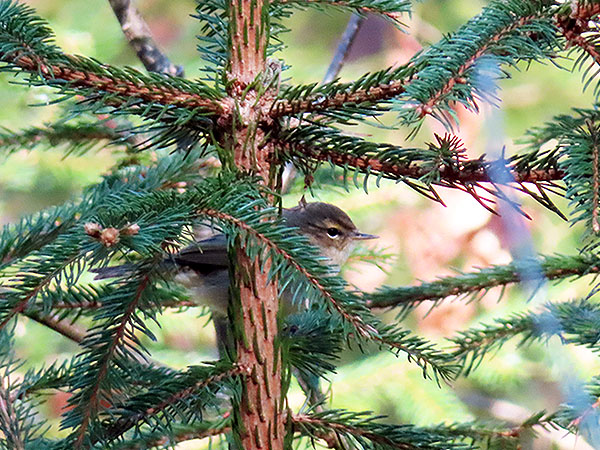
*********************
bearbeitet: 28.04.2021

*********************
bearbeitet: 28.04.2021
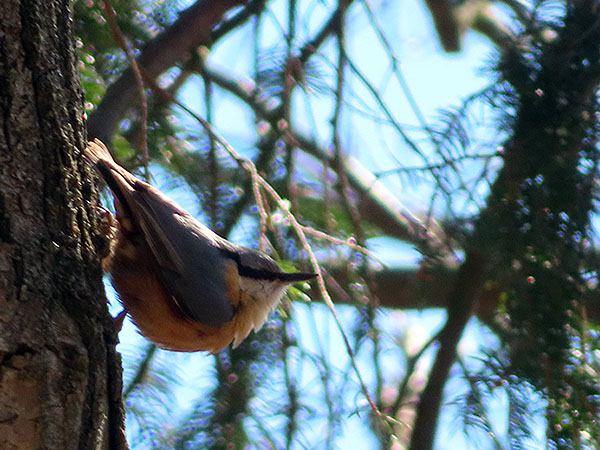
**********************
bearbeitet: 27.04.2021
Feldsperlinge gehören zu meinen absoluten Lieblingsvögeln, wenn man genau hinschaut kann man in ihrem kastanienbraunen Käppchen einen ganz zarten Hauch von Violett erkennen.
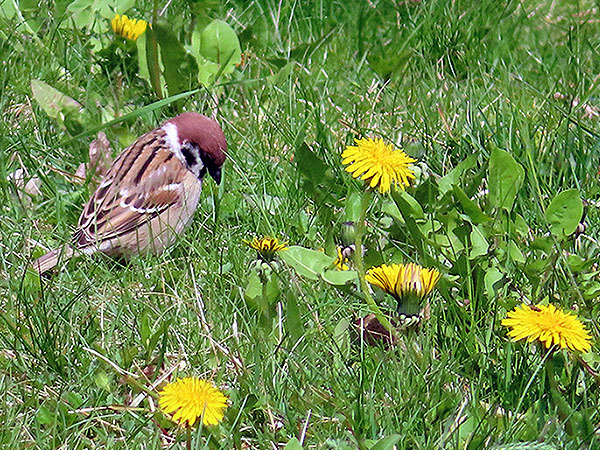
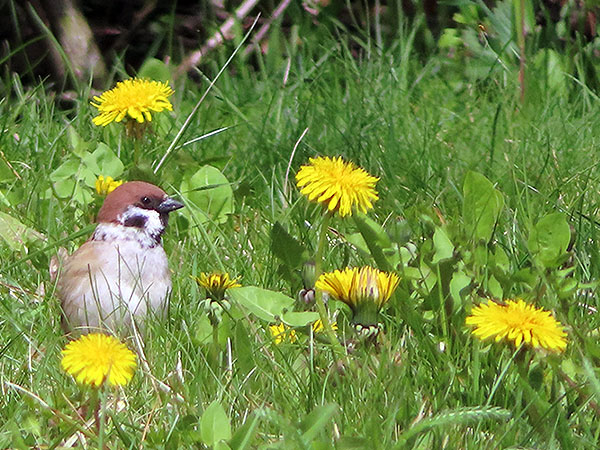
*********************
bearbeitet: 25.04.2021
Neben dem Mäusebussard sieht man hier oft Rotmilane (Milvus milvus) und immer häufiger Weihen, vermutlich Rohrweihen (Circus aeruginosus), die man an ihrem einzigartigen Flugstil erkennen kann (wenn man ihn einmal gesehen und sich eingeprägt hat). 🙂
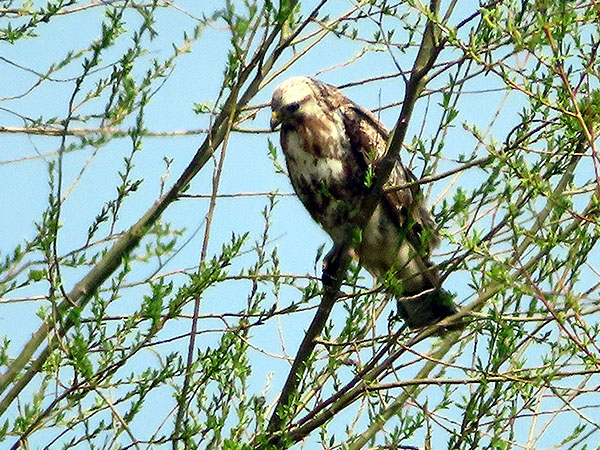
*********************
bearbeitet: 25.04.2021
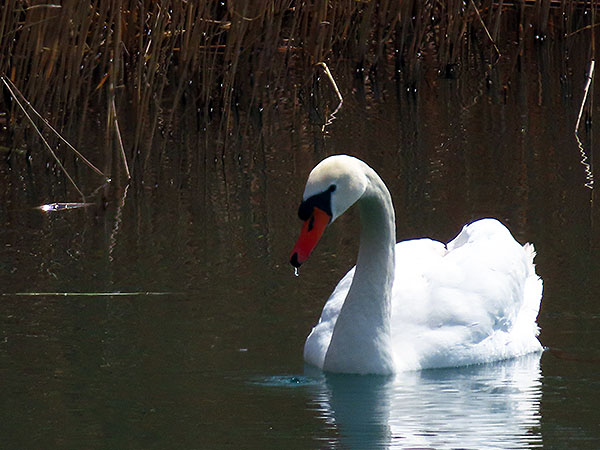
*********************
bearbeitet: 25.04.2021

*********************
bearbeitet: 25.04.2021
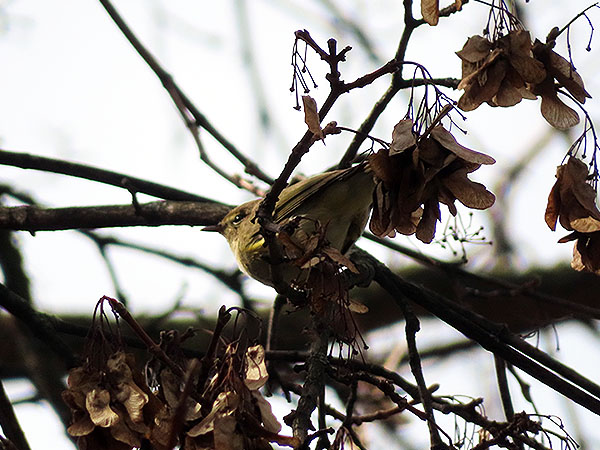
*********************
bearbeitet: 11.04.2021

*********************
bearbeitet: 11.04.2021
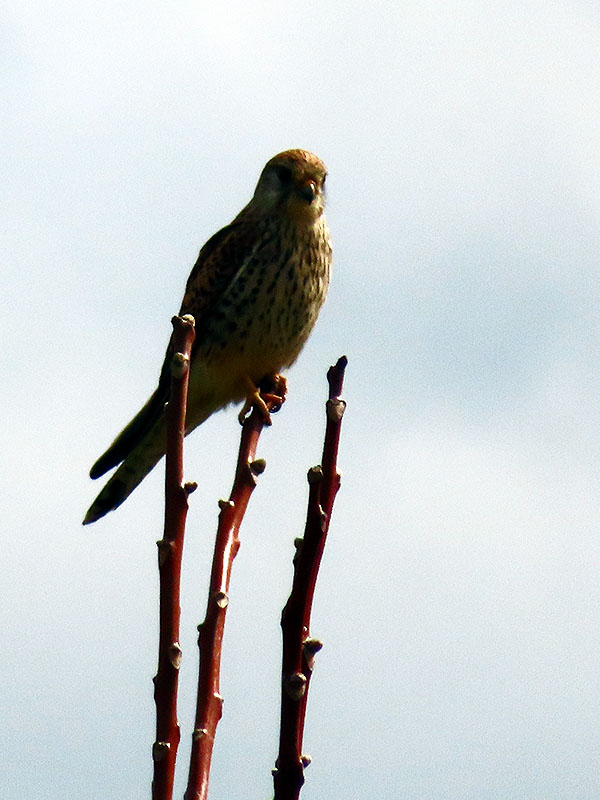
*********************
bearbeitet: 11.04.2021
Diese Fotos zu ‘schießen’ war gar nicht so einfach, das Vögelchen war sehr geschäftig und für jedes gelungene Bild gibt es mindestens drei misslungene. 🙂

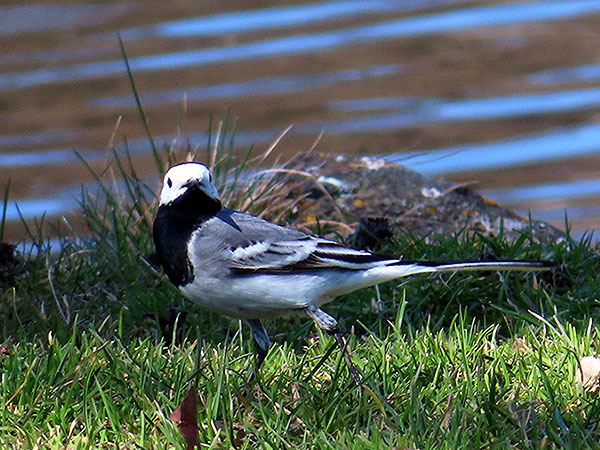
*********************
bearbeitet: 31.03.2021
Die Buchfinken singen gerade überall im Wald, allerdings singen nur die Männchen.
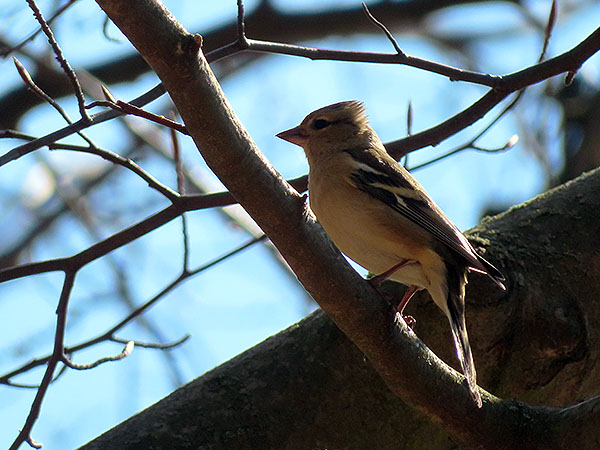
*********************
bearbeitet: 31.03.2021
Meisen sind ziemlich schwer zu fotografieren, sie lassen einen nicht wirklich nah an sicher heran und halten auch kaum länger als eine Sekunde still.
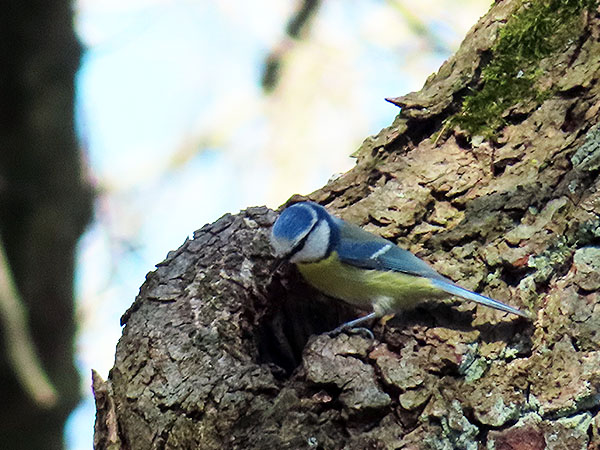
*********************
bearbeitet: 31.03.2021

*********************
bearbeitet: 31.03.2021

*********************
bearbeitet: 31.03.2021
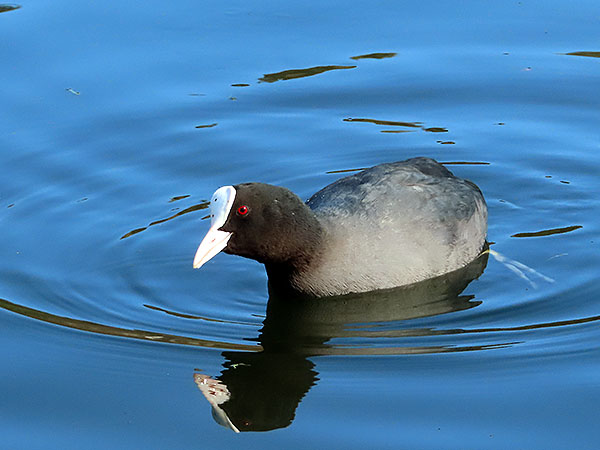
*********************
bearbeitet: 31.03.2021
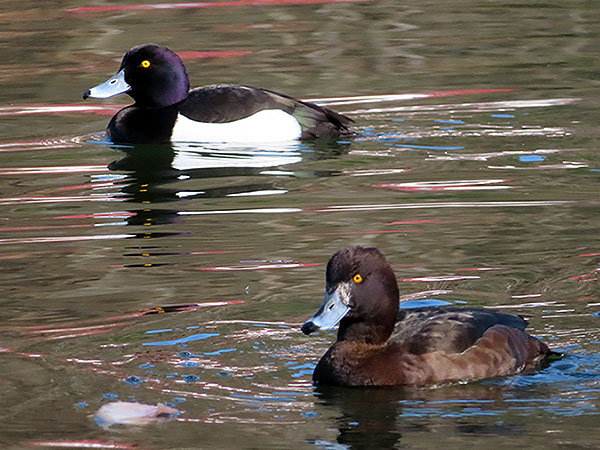
*********************
bearbeitet: 31.03.2021

********************
bearbeitet: 14.03.2021
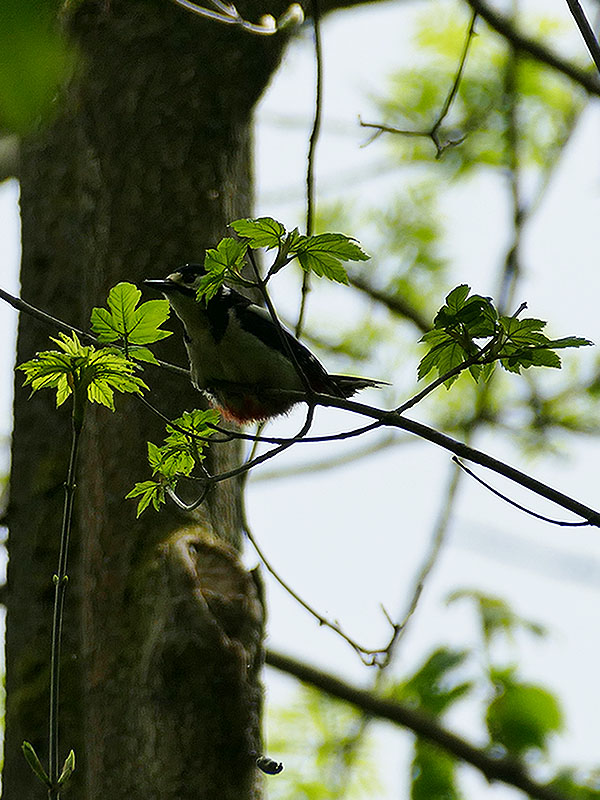
********************
bearbeitet: 10.05.2020
Pünktlich zum 6. Mai sind sie wieder da, meine Lieblingsvögel – die Mauersegler.

*********************
bearbeitet: 06.05.2020
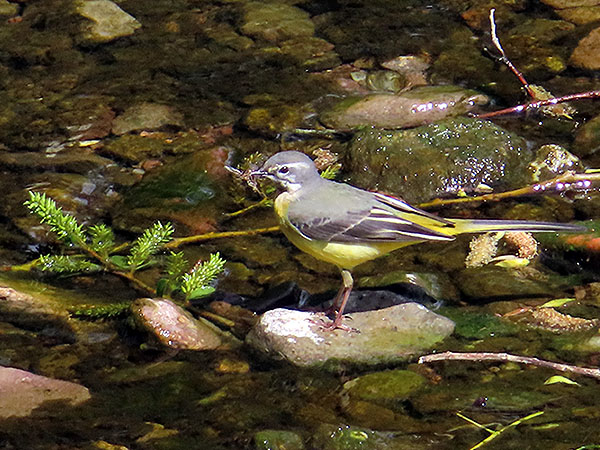
*********************
bearbeitet: 23.01.2021

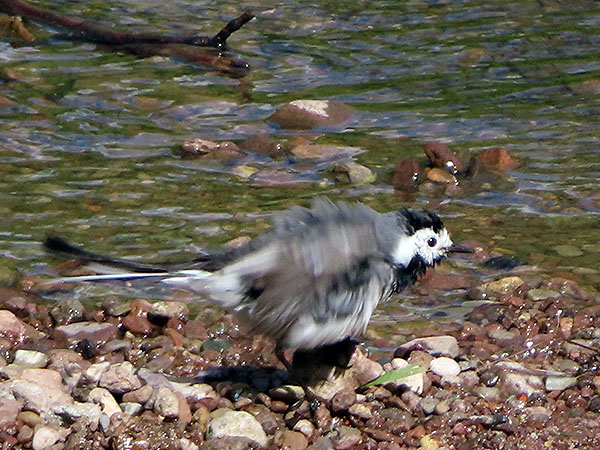
*********************
bearbeitet: 23.01.2021

*********************
bearbeitet: 01.04.2021
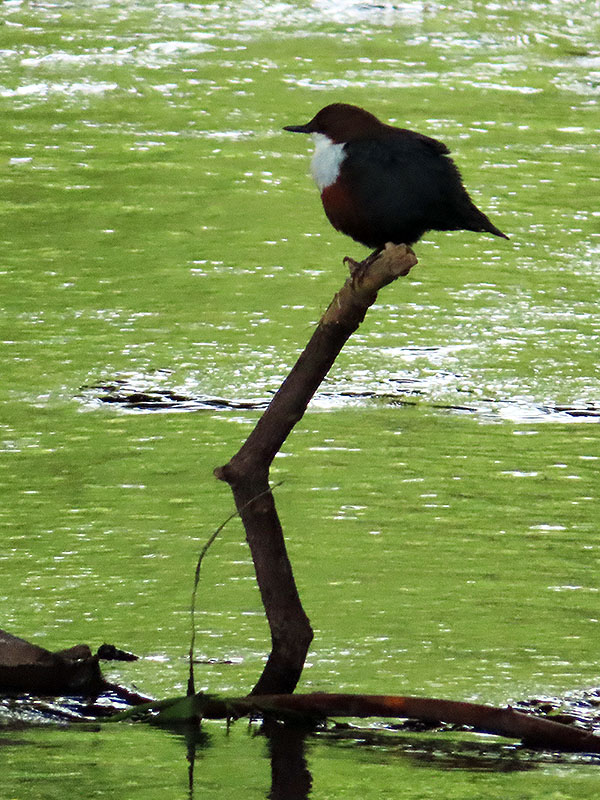
*********************
bearbeitet: 01.04.2021
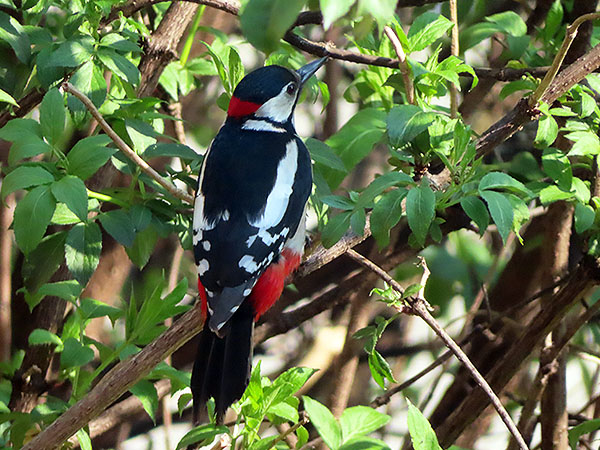
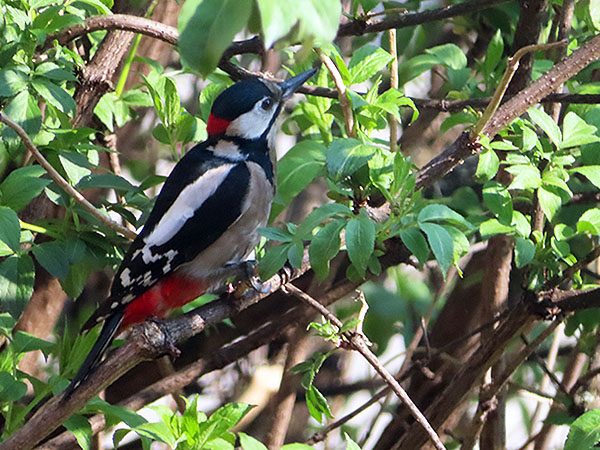
*********************
bearbeitet: 23.01.2021
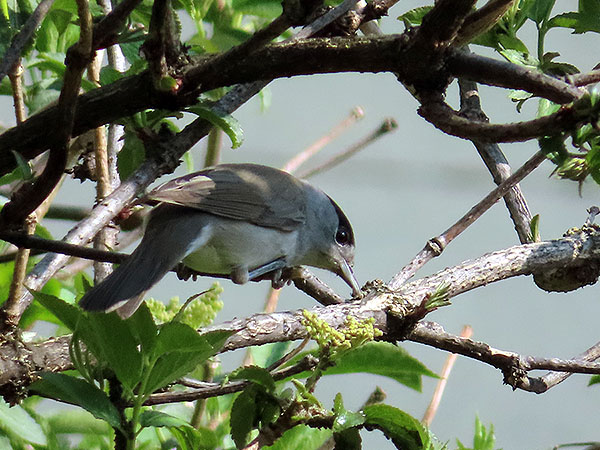
*********************
bearbeitet: 23.01.2021
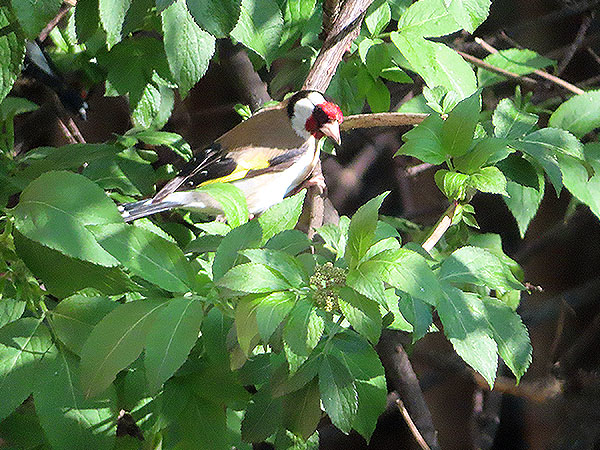
*********************
bearbeitet: 23.01.2021
Wir waren heute in Schönau vor dem Walde um nach interessanten Fotomotiven zu suchen, dabei sind mir diese nicht ganz furchtbar schlechten Fotos einer Goldammer gelungen. 🙂
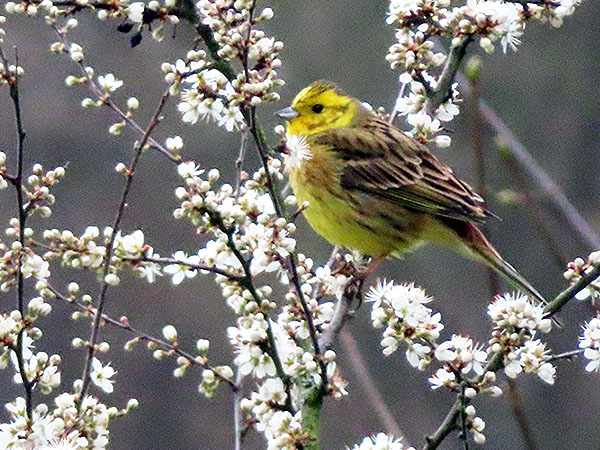
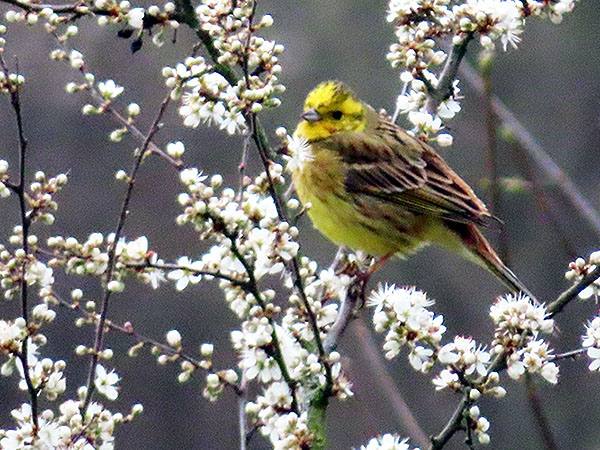
*********************
bearbeitet: 23.01.2021
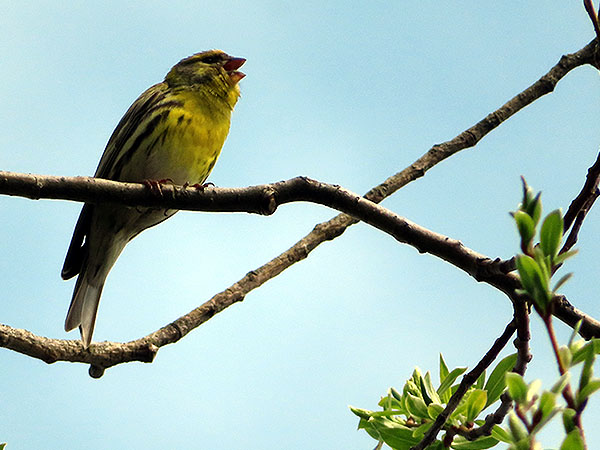
*********************
bearbeitet: 29.06.2023
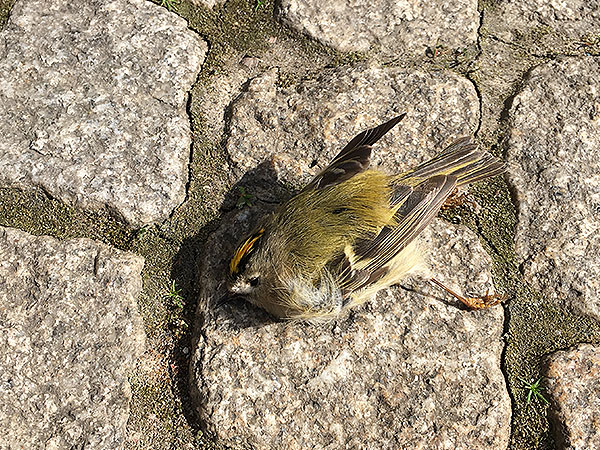
We are more or less ‘housebound’ thanks to the Corona virus … so, we took a walk through the city.
It is now definitely spring because there are starlings singing from almost every tree.:
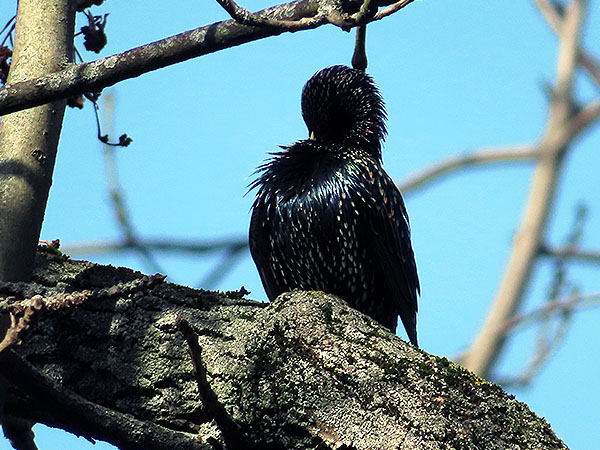
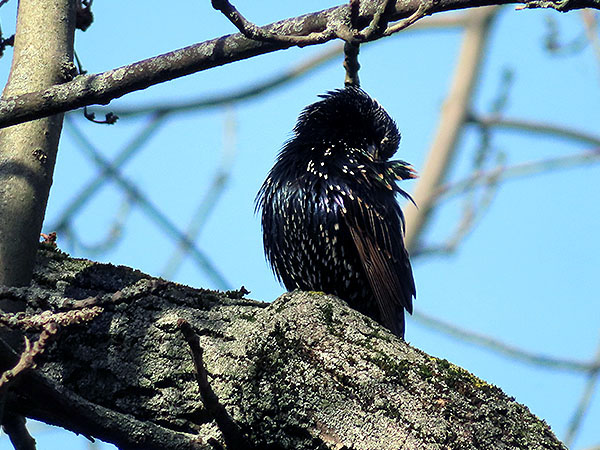
I usually don’t look at the Mallards because they are typical feral ducks, many of which don’t resemble wild ducks at all.:
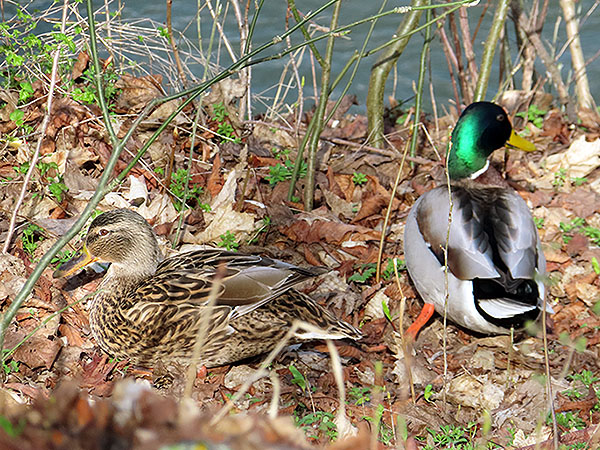
Another sign for/of spring are singing Chaffinches, like with the starlings, almost every tree has its own singing Chaffinch right now, however, they are very difficult to photograph because they usually fly away as soon as they spot the camera.:
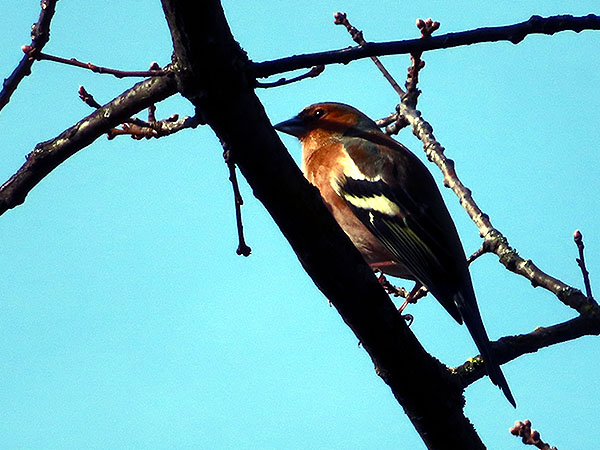
This is a Goldfinch, it has one of the most beautiful songs of all European birds.:
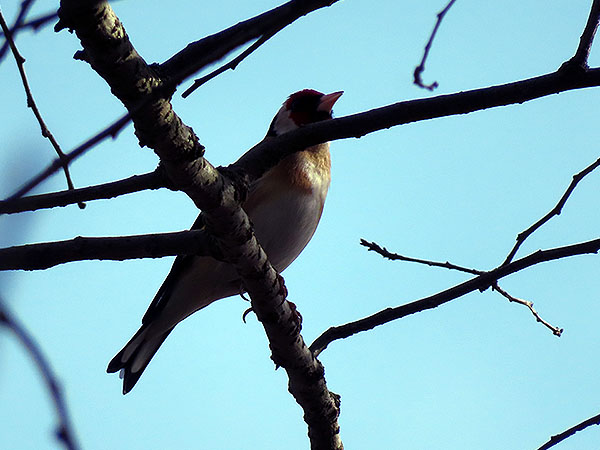
This little cutie was hopping about as close as only one meter away from us, so I could make at least two quite good pictures.:
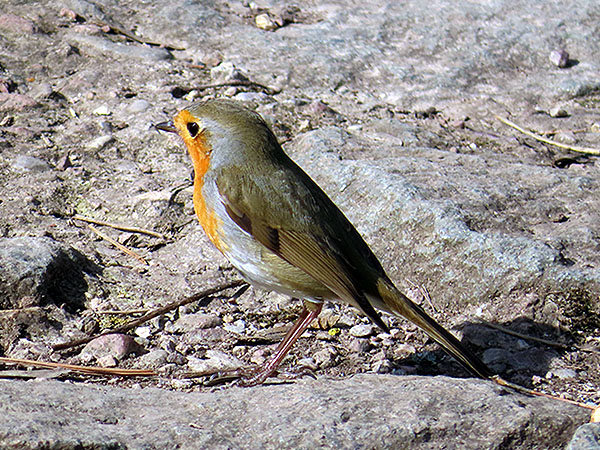
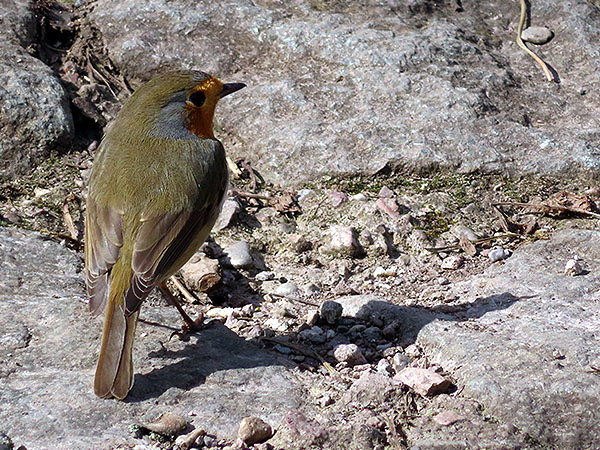
This time, just to try if it is possible to ‘shoot’ through a dirty window …
Yes, it is.:
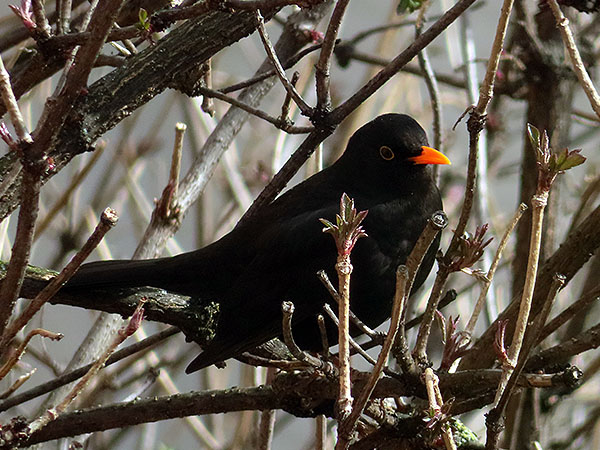
We used the little sunshine today ….
A Carrion Crow along the way was playing with- or trying to eat a walnut.
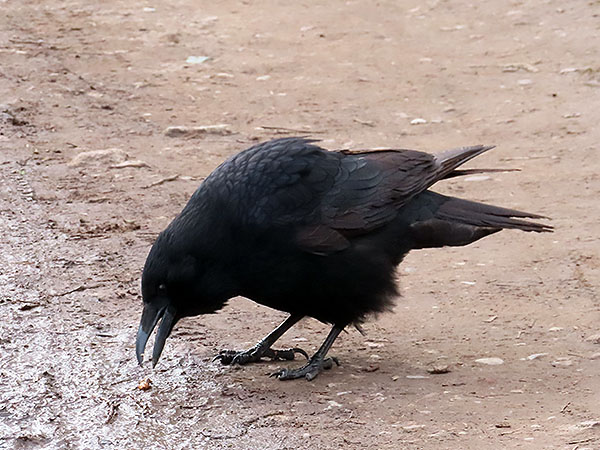
Along the river we saw at least three herons, two of them were wearing their breading plumage which differs by the redder beak and the blue instead of yellow skin around the eye.
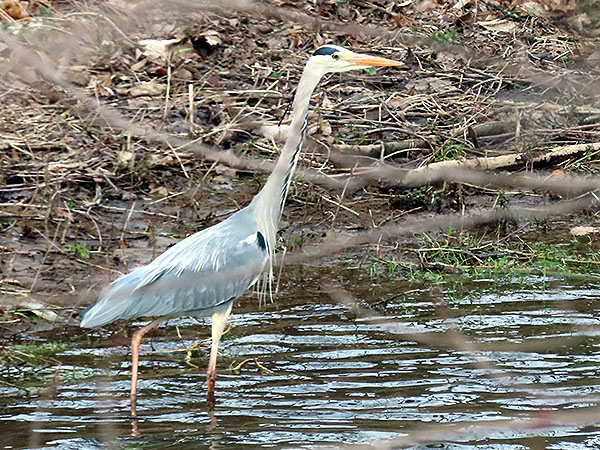

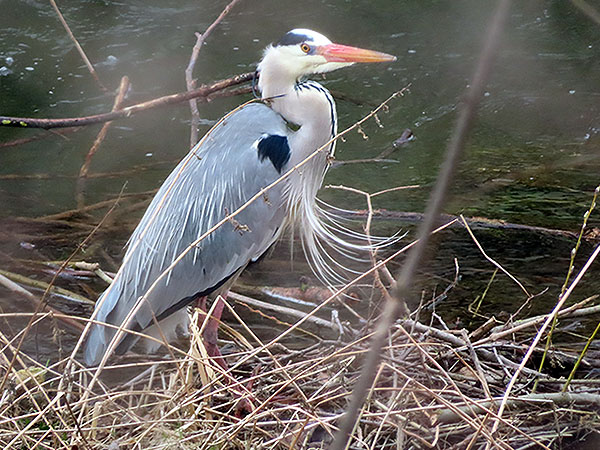
A tiny Blue Tit was willing to be photographed, however, I could get only one photo … well, better than nothing. 🙂
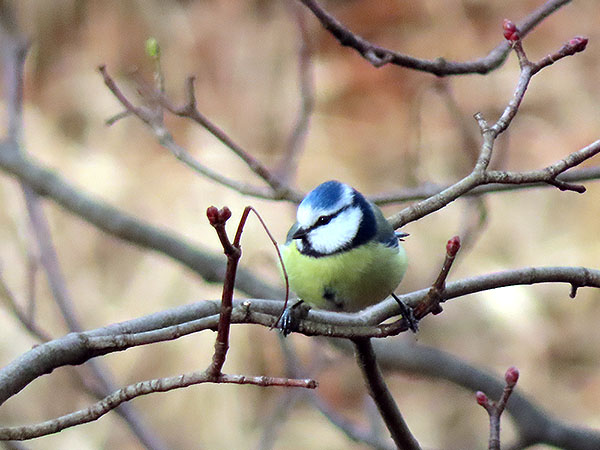
Today we have been in the Botanical Garden of Jena, some kilometers from home, I wanted to try to ‘catch’ some birds with my camera.
I was able to get a little Robin.:
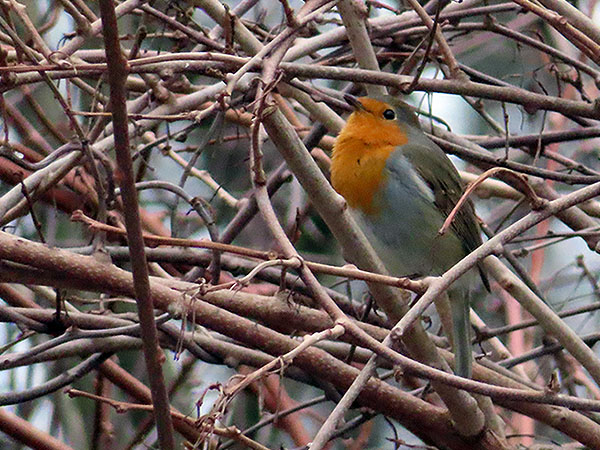
I also got two Blackbirds, a female and a male.
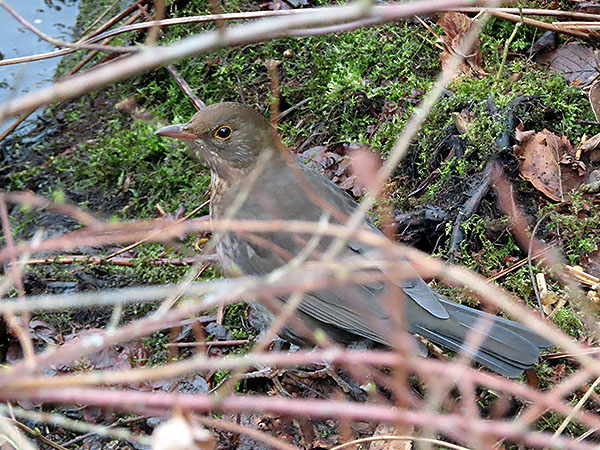

It is astonishingly warm these days – thanks to global warming.
*********************
edited: 01.02.2020
This guy stood in the water of the flood ditch and offered himself as a motive for me to try out my new camera ….
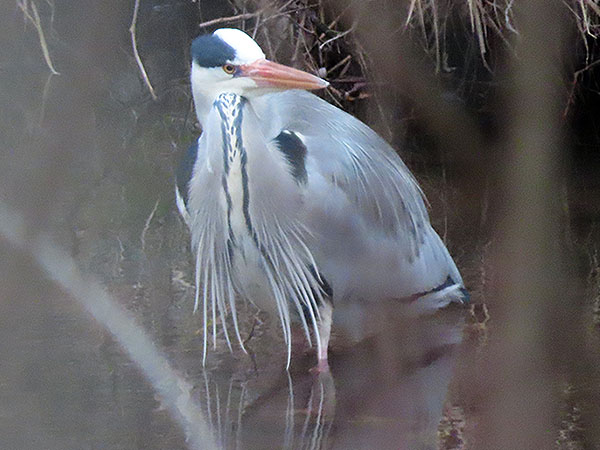
*********************
edited: 29.01.2020
The blog has moved, again, I hope this time it will be for good ….
I wanted to take a break from the strenuous work of logging on, uploading, and, and, and with two small trips outside to freak out relax and freshen up when suddenly this little colorful thing flew in front of my cell phone lens.
The cell phone photo of course was completely useless, so I decided to go back home, catch my camera and to try my luck … maybe the little bird might come back?
It did indeed. 😛
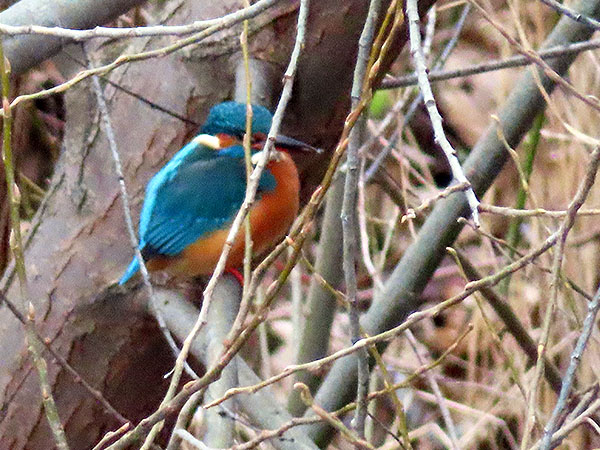
The place where I photographed the kingfisher is quite busy, and of course various passers-by had to check what I was probably doing there … hm, of course none of them could see what I saw.
Yah!
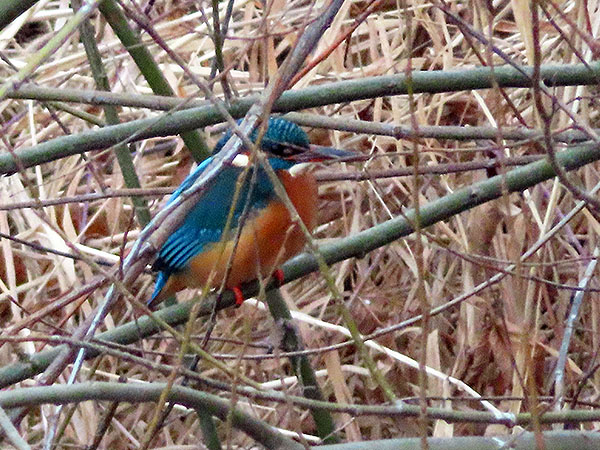
*********************
edited: 29.01.2020




*********************
bearbeitet: 29.06.2023